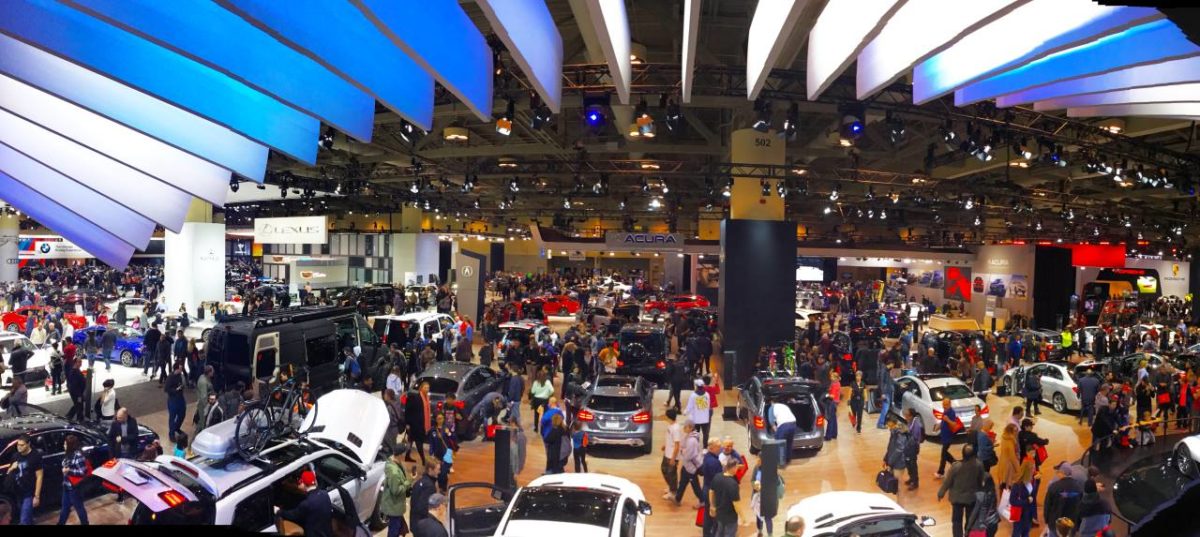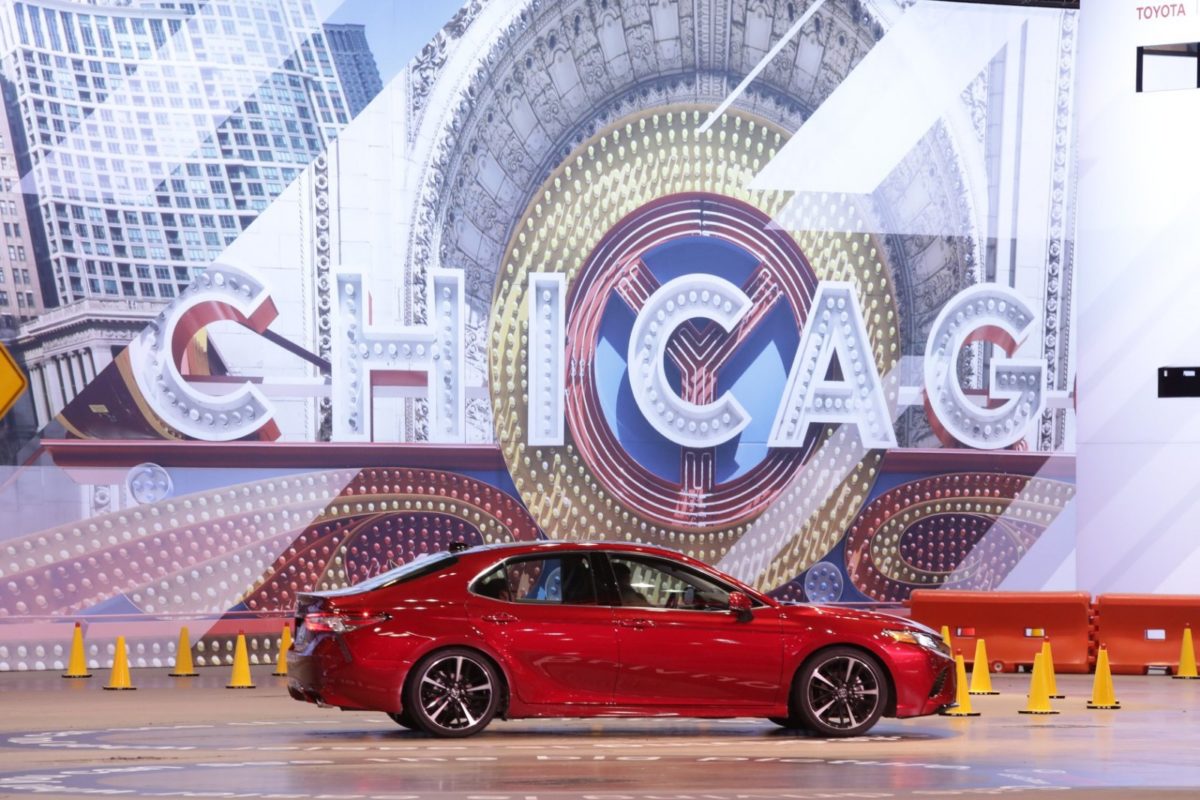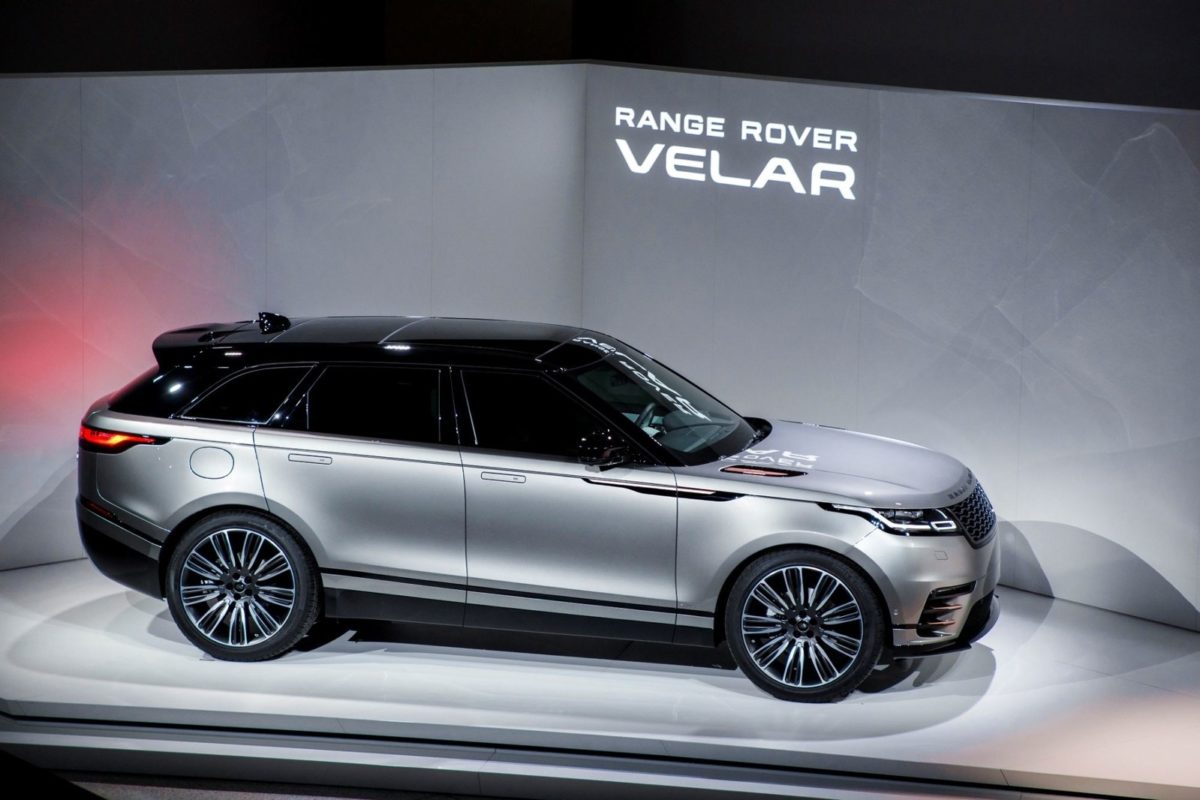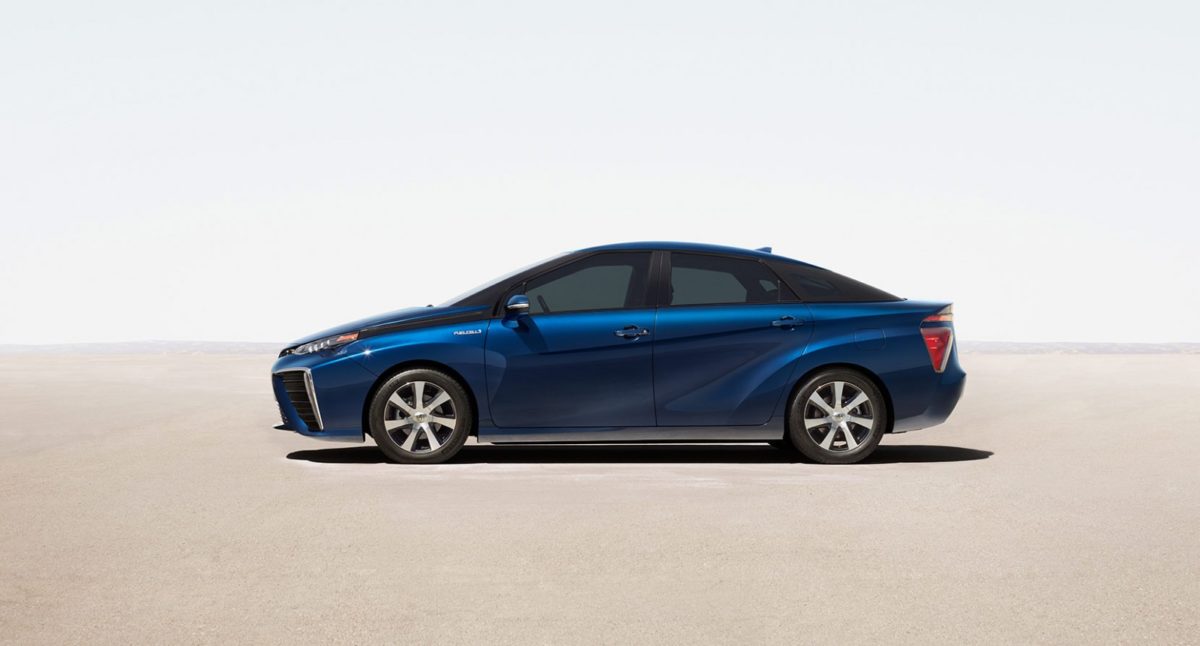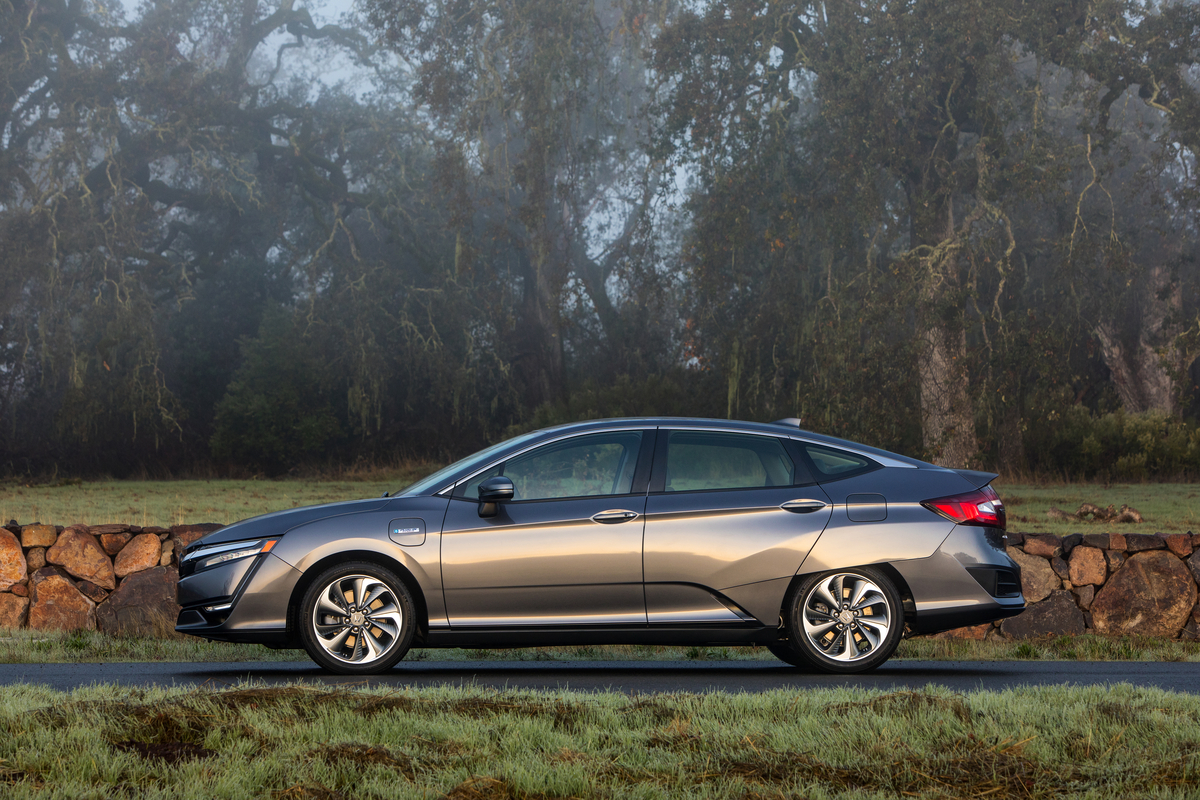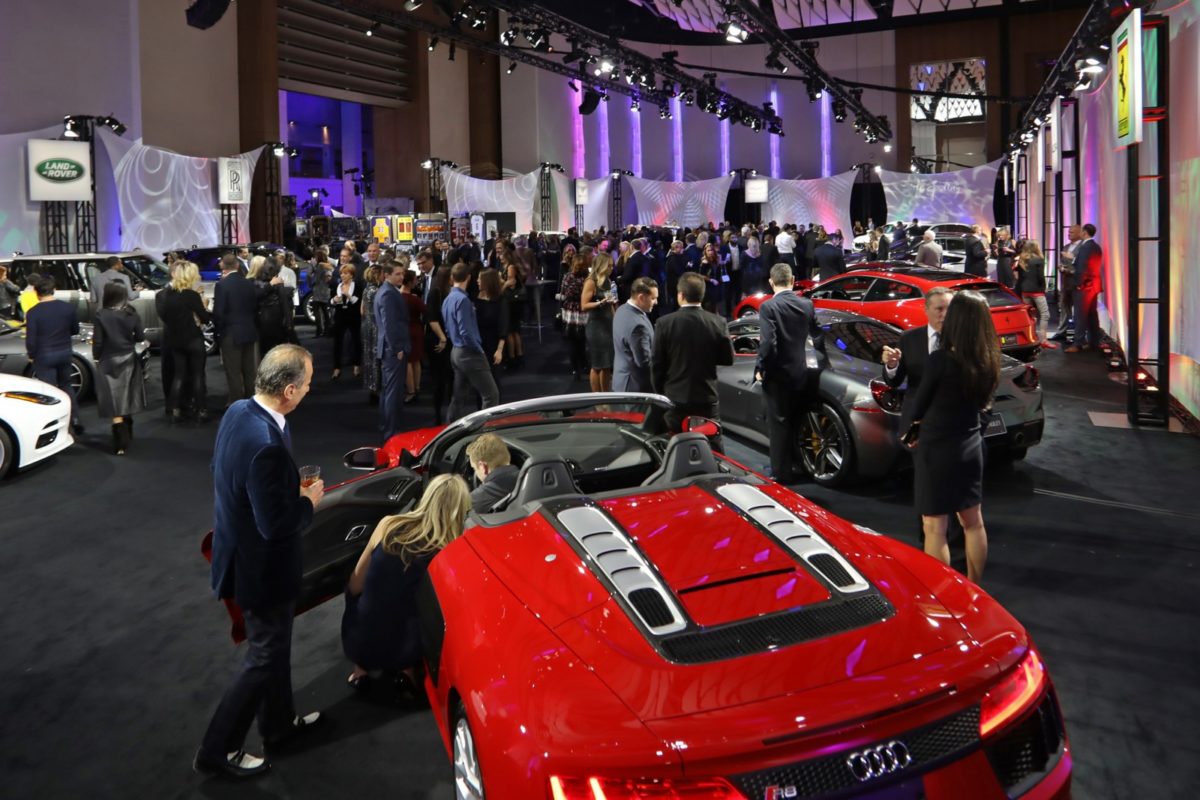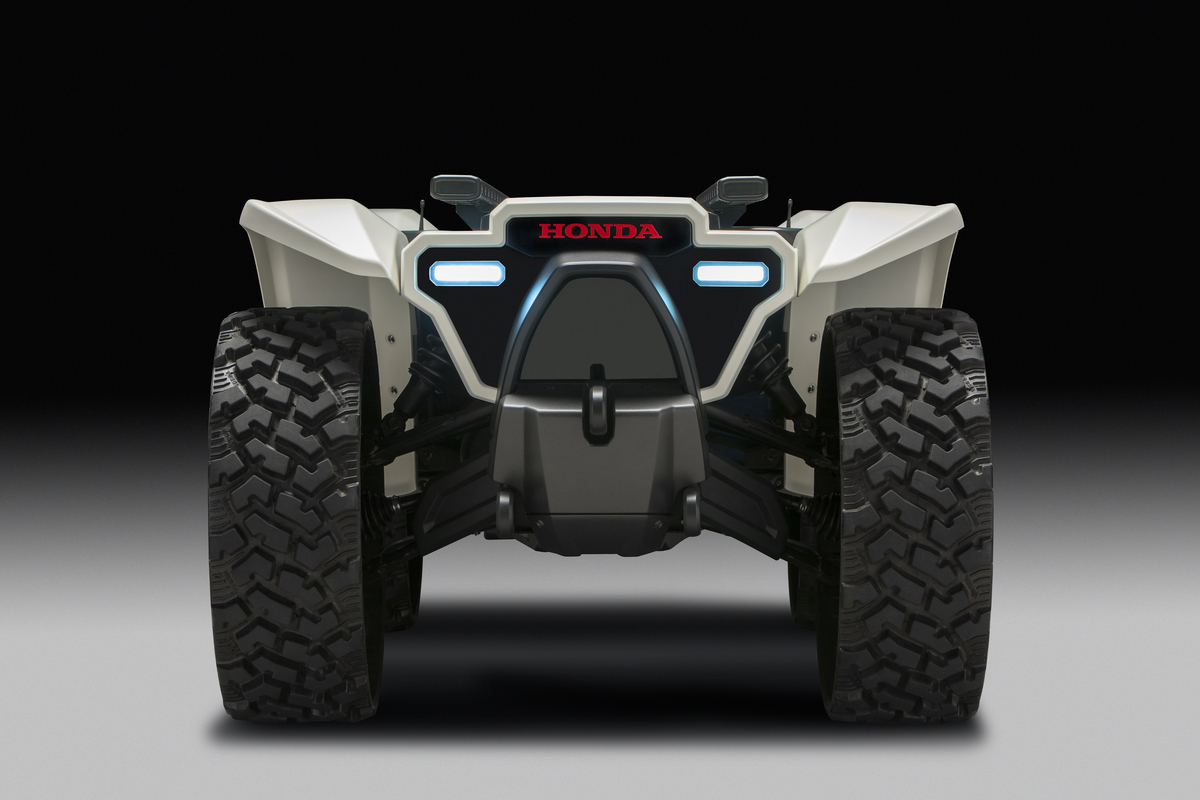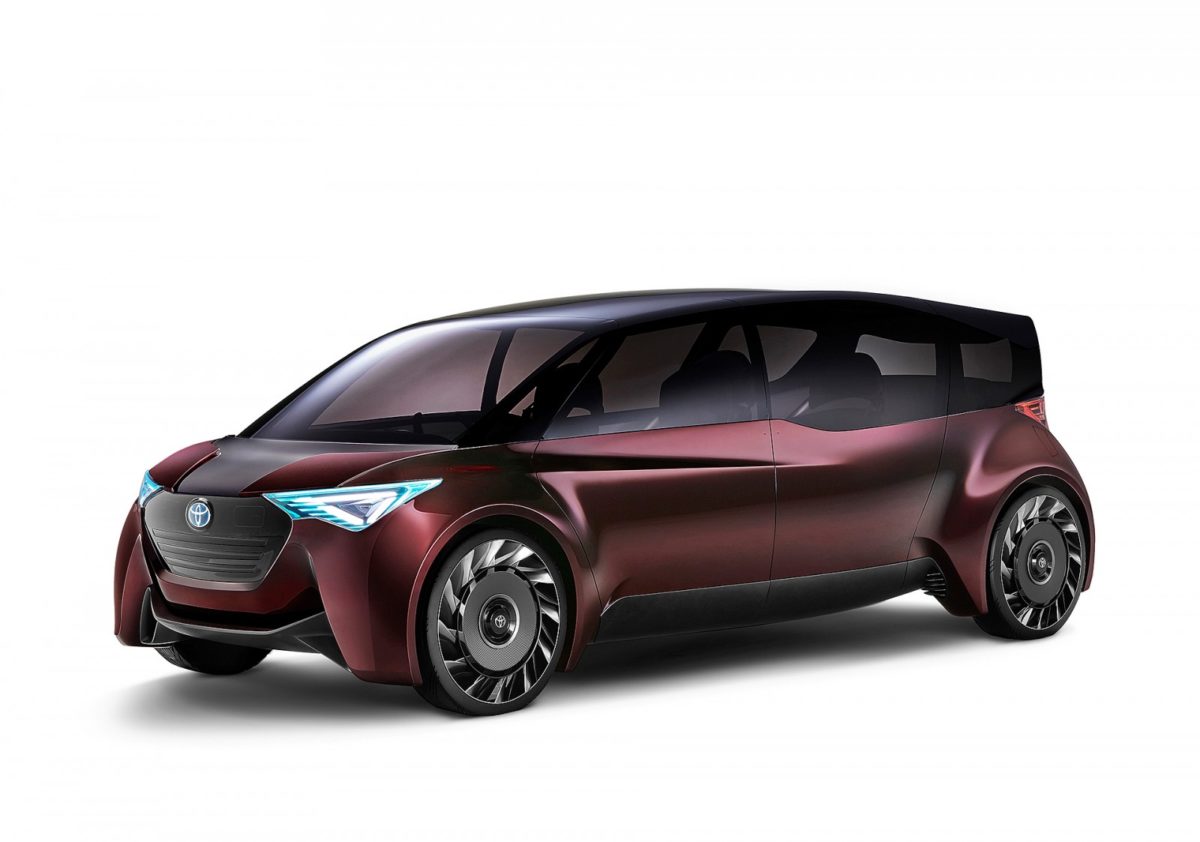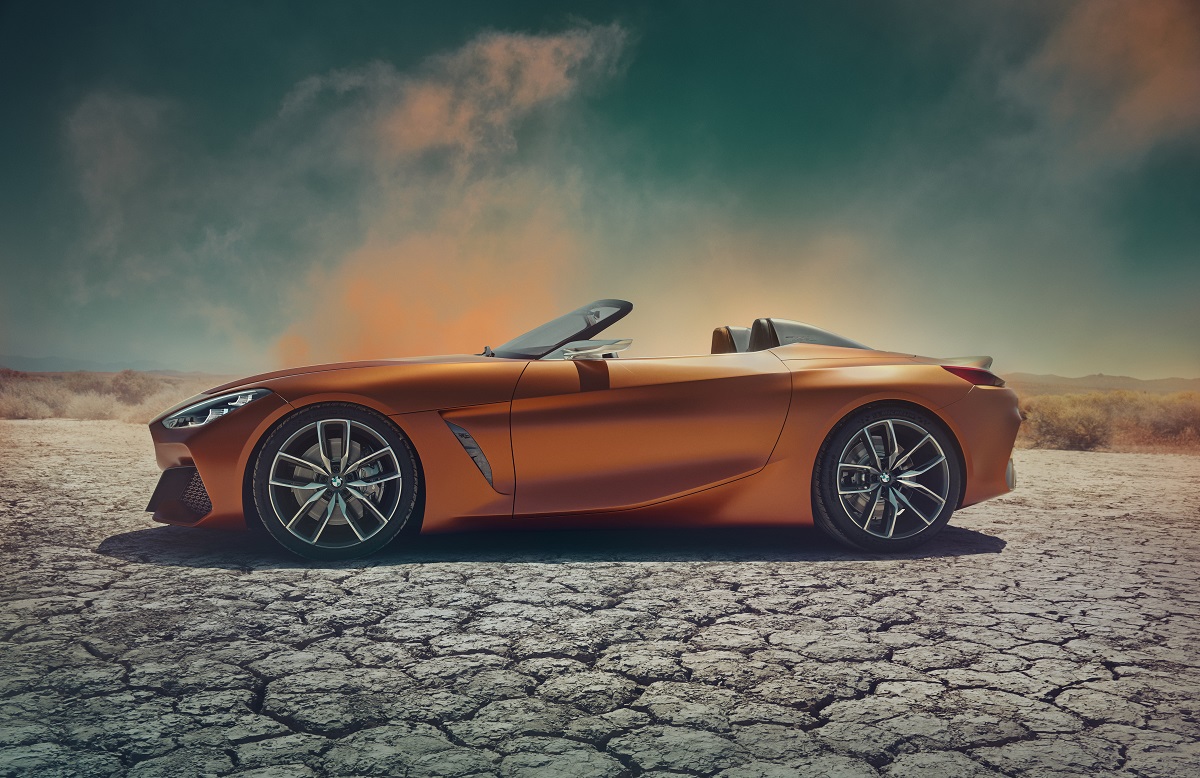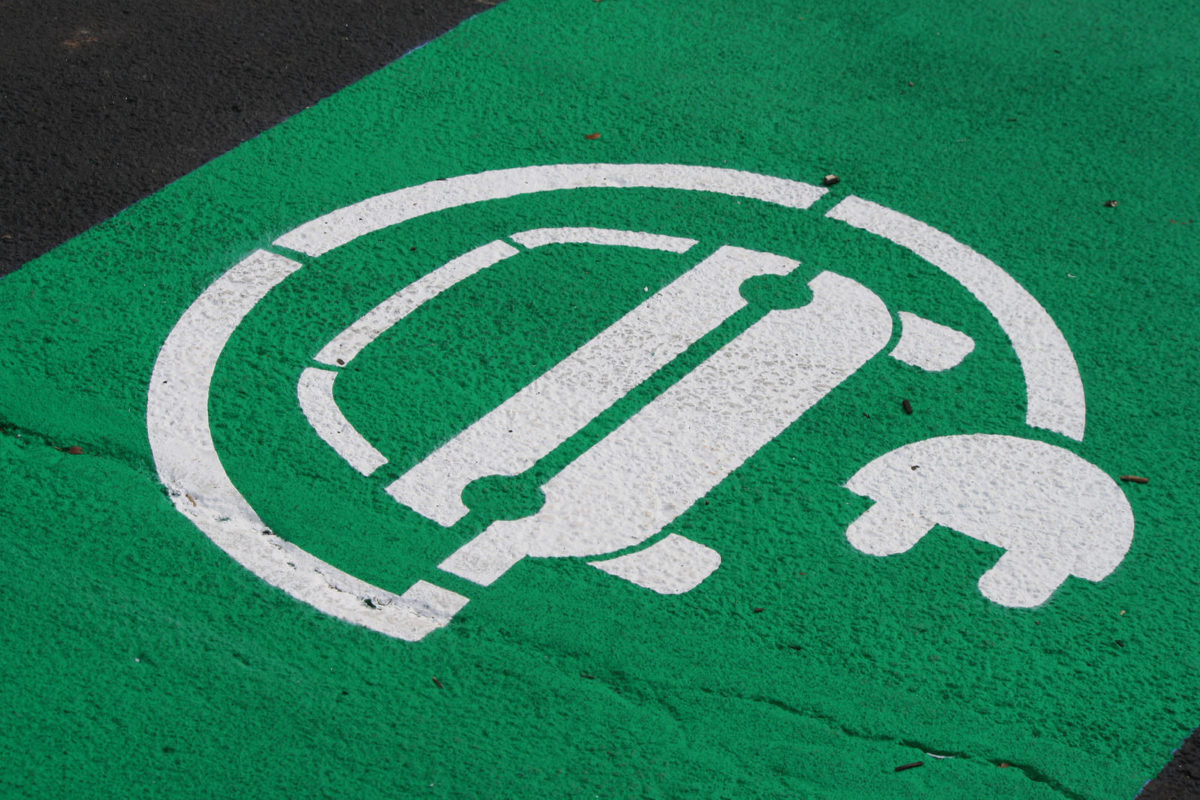Concept cars from Canadian International Auto Show 2018
The 2018 Canadian International Auto Show is in full swing right now at the Metro Toronto Convention Centre, and this year it’s all about the concepts. Here are a trio of big ones from three different manufacturers.
MINI Electric Concept
Not even a year after MINI released its first production plug-in hybrid, the Countryman PHEV, the brand has introduced a fully electric concept. Looking like a futuristic Cooper, much of the grille has been smoothed over to reflect to reflect the removal of the internal combustion component. The body sports special aerodynamic pieces, unique badging and “Striking Yellow” paint accents for differentiation. A production version is scheduled for 2019.

Infiniti Project Black S Concept
A collaborative project between Infiniti and the Renault Sport Formula One Team — a partnership that has existed since 2016 — Project Black S is a racy reimagination of the Q60 Coupe. Finished in a menacing matte grey, the designers have blacked out all the chrome found on the standard Q60, such as on the front bumper and door pillar surrounds, and utilized healthy amounts of carbon fibre in fabricating the exterior parts. Under the sheet metal, an Energy Recovery System recoups unspent electricity to boost power and torque output.

Toyota i-TRIL Concept
This environmentally friendly compact EV is the product of Toyota Motors Europe and affiliate ED² design studio based in Nice, France. Intended for those living in a so-called SMESTO (small to medium-sized town), the one-plus-two seater uses Active Lean Technology, which allows the front wheels to lean to one side during cornering similar to a motorcycle, while the rear pair stays perpendicular to the road. This allows a super tight turning radius with no physical discomfort to the passengers. The i-TRIL can travel more than 200 kilometres on a single charge and is operable in manual or autonomous modes.



